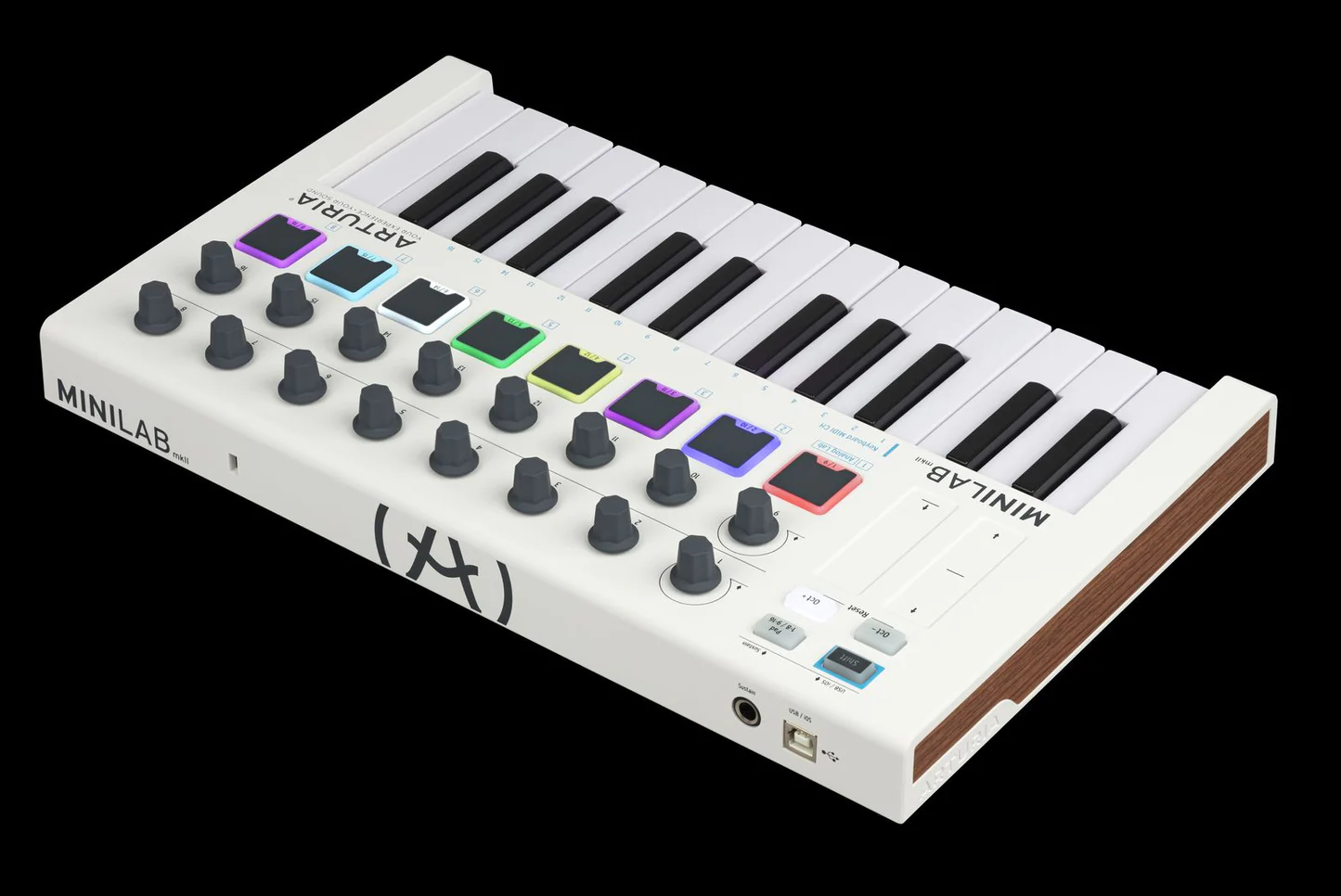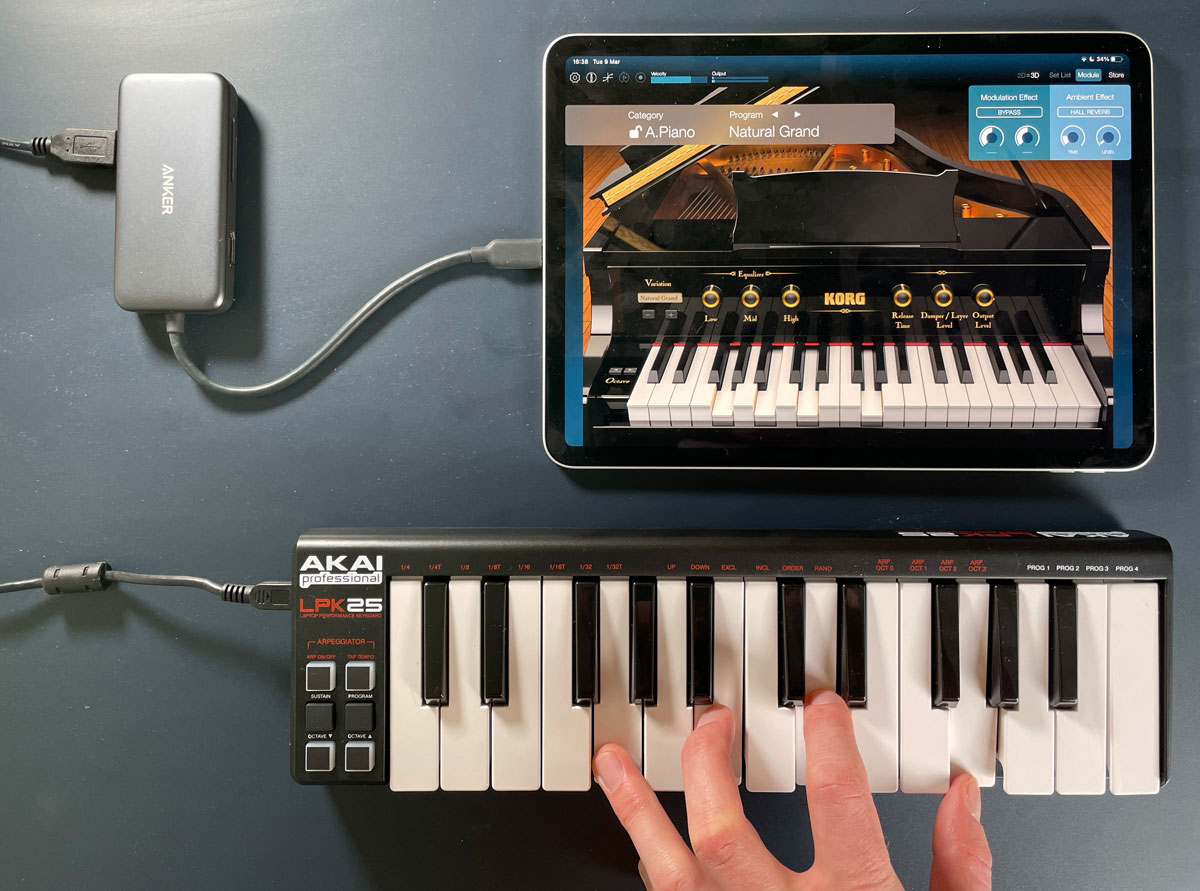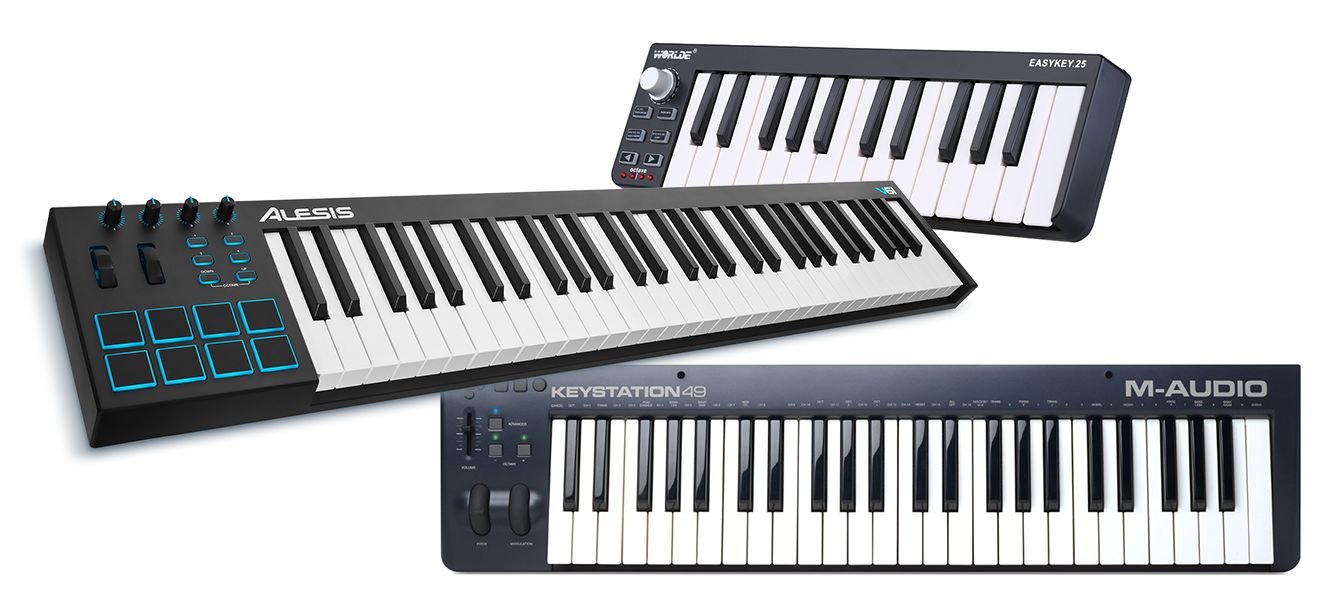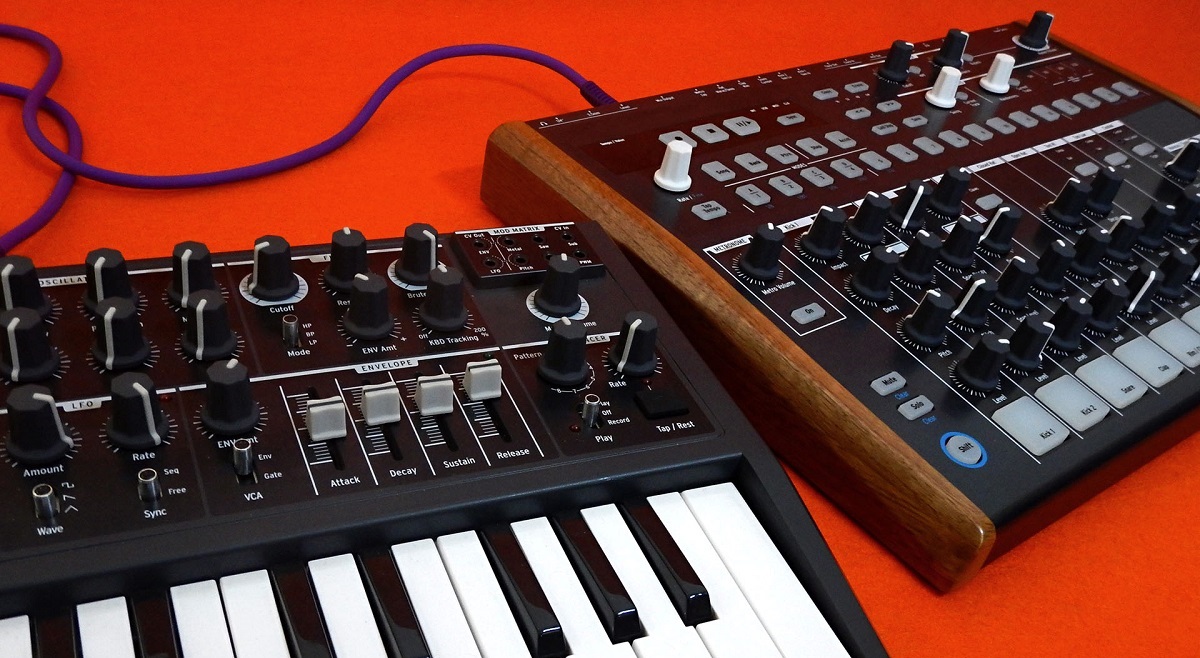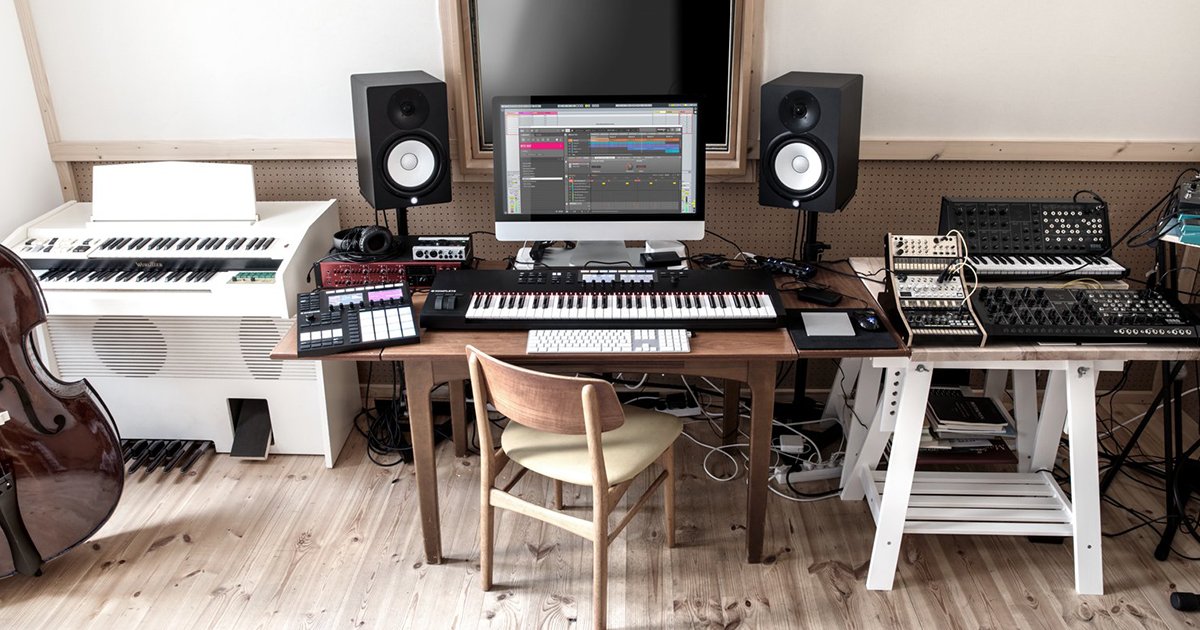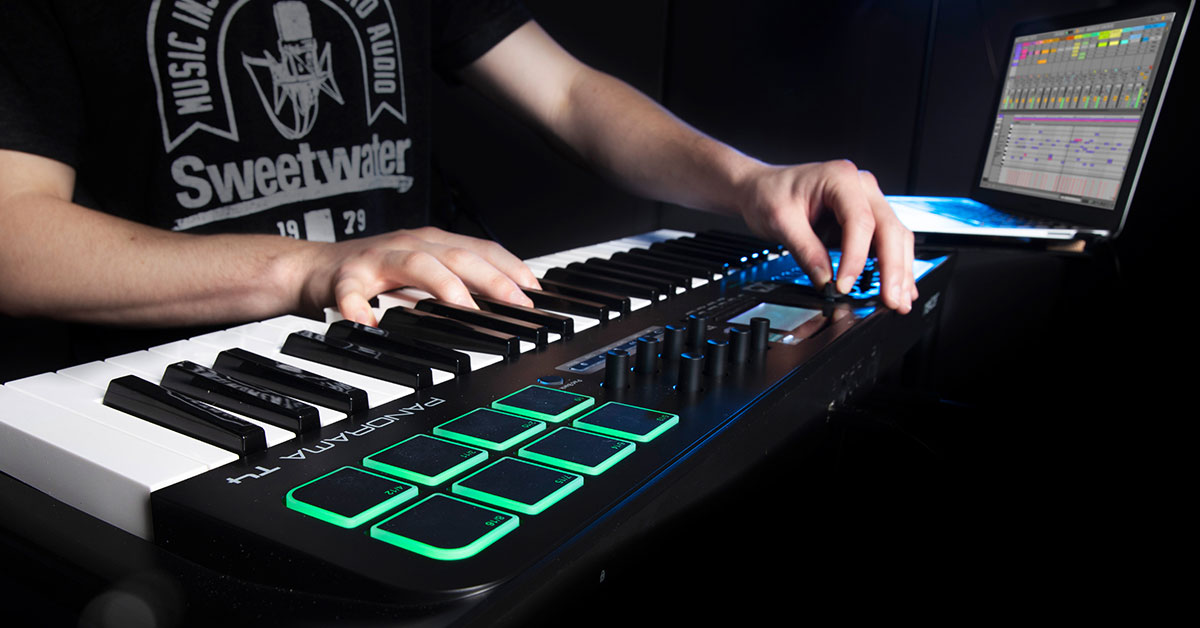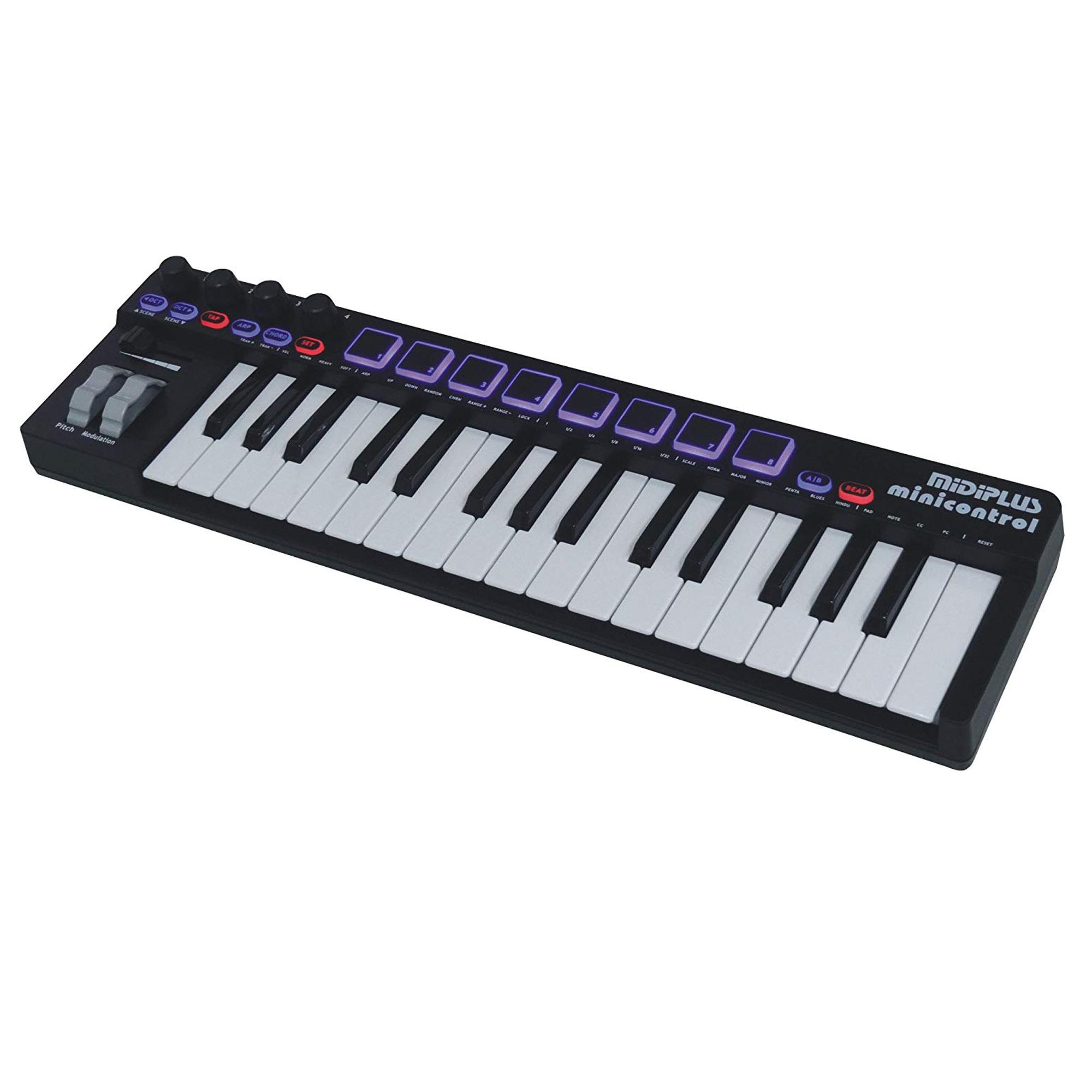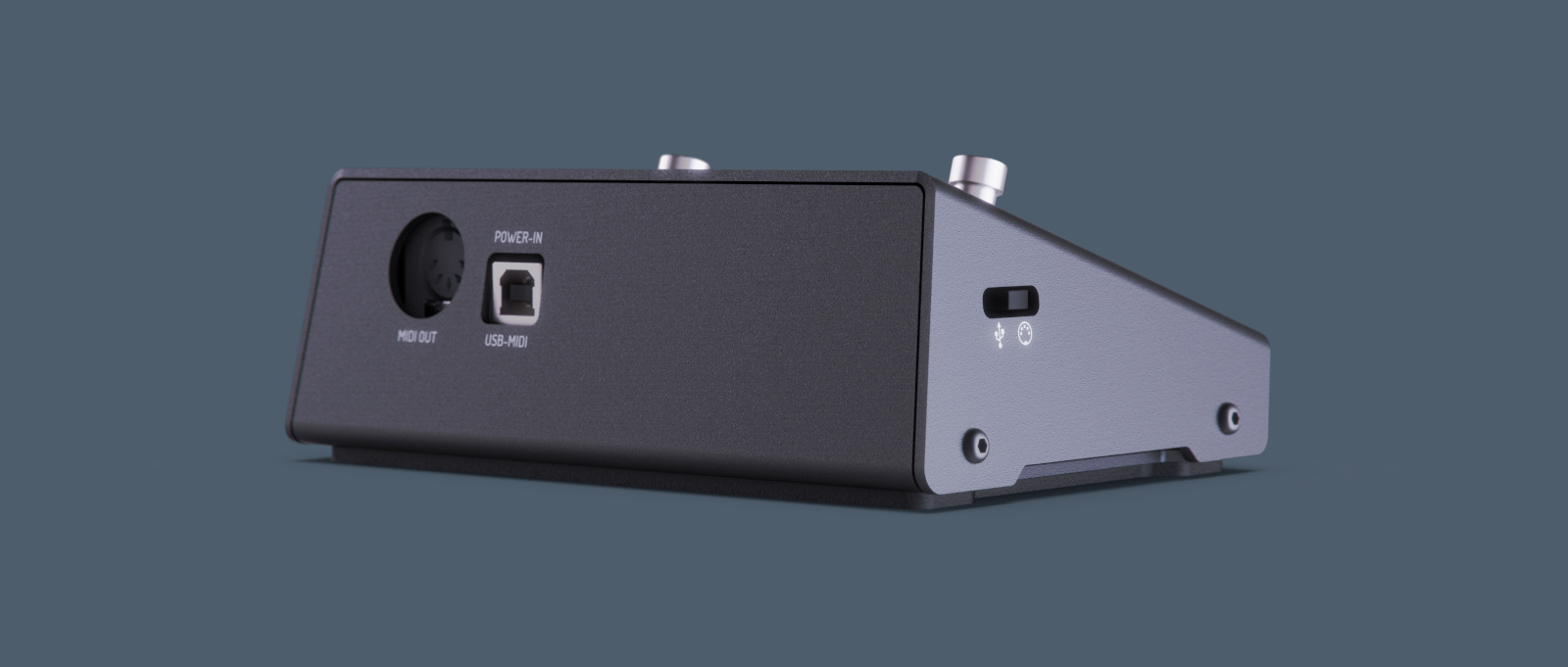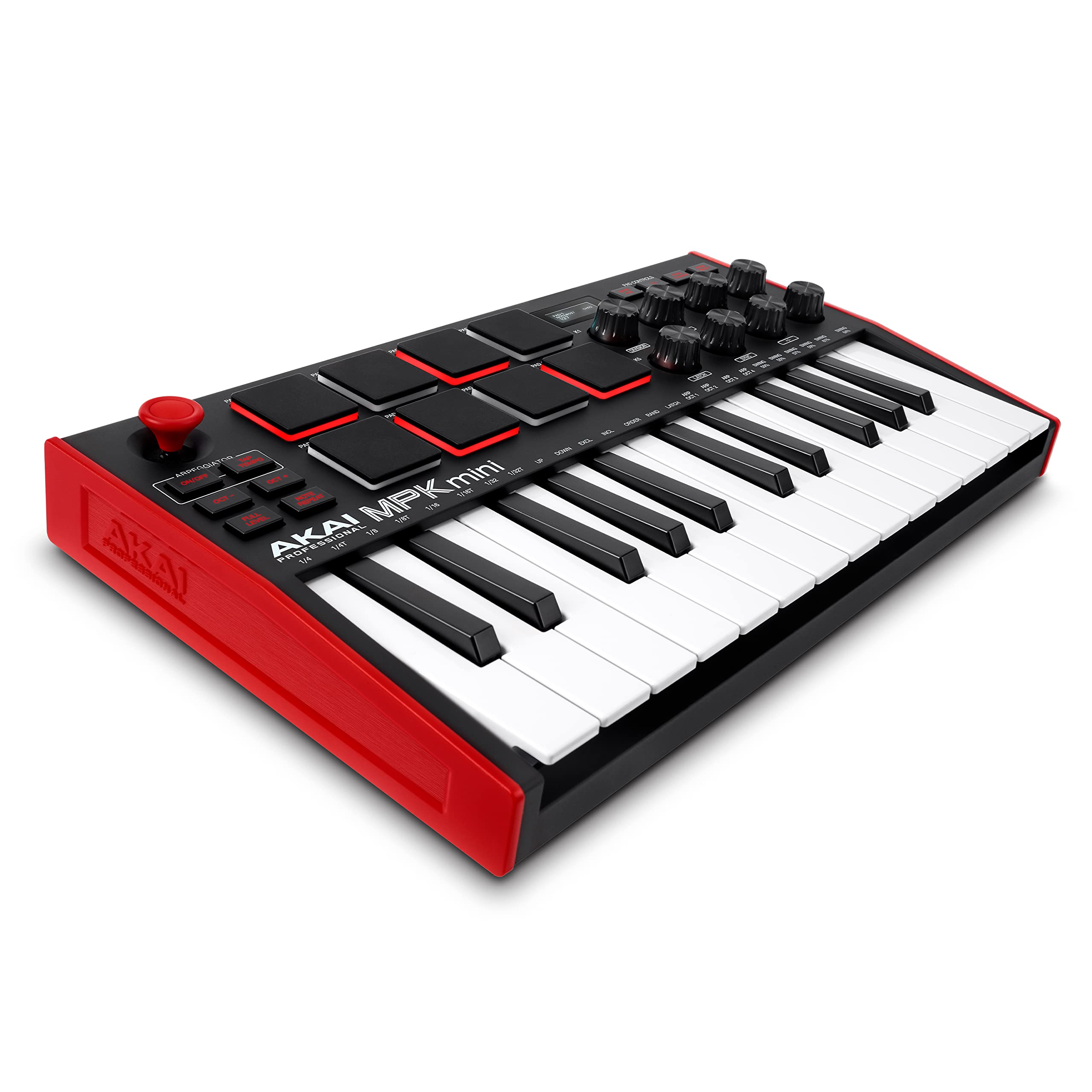Introduction
When it comes to creating captivating and expressive music, the MIDI keyboard is a versatile tool that empowers musicians to infuse their compositions with emotion and depth. One of the key features that contribute to the dynamic range and richness of MIDI keyboard performances is the sustain function. This function mimics the effect of a piano's sustain pedal, allowing the notes played on the keyboard to resonate and linger, creating a seamless and fluid sound.
Understanding the sustain function on a MIDI keyboard is essential for musicians and producers looking to harness the full potential of their musical creations. In this article, we will delve into the concept of sustain, explore how it works on a MIDI keyboard, and uncover the myriad benefits it offers to musicians of all genres. Additionally, we will provide valuable tips for using sustain effectively, empowering musicians to elevate their performances and recordings to new heights.
Join us on this musical journey as we unravel the magic behind sustain on a MIDI keyboard and discover how this feature can transform the way music is composed, performed, and experienced. Whether you're a seasoned musician or just beginning your musical exploration, understanding sustain is a crucial step toward unlocking the true potential of your MIDI keyboard. Let's embark on this melodic adventure and uncover the secrets of sustain together.
What Is Sustain?
Sustain, in the realm of music and musical instruments, refers to the prolongation of a musical note or chord beyond its natural decay. This effect allows the sound produced by an instrument to continue for an extended duration, creating a seamless and uninterrupted sonic experience. On a traditional piano, the sustain pedal is employed to achieve this effect, enabling the pianist to sustain the sound of struck keys even after releasing them. Similarly, the sustain function on a MIDI keyboard serves the same purpose, emulating the behavior of a piano’s sustain pedal to deliver sustained notes and chords.
When a key is pressed on a MIDI keyboard, the corresponding note is triggered, and its sound begins to resonate. However, without the sustain function, the note would fade out quickly after the key is released, resulting in a staccato or abrupt sound. Sustain intervenes to address this limitation, allowing the notes to persist and blend seamlessly with subsequent sounds, thereby enriching the overall musical texture.
It’s important to note that sustain is not merely about extending the duration of a note; it also contributes to the expressiveness and emotional impact of the music. By enabling notes and chords to linger and meld together, sustain adds depth and resonance to the performance, enhancing the musical narrative and evoking an immersive auditory experience for the listener.
Understanding the concept of sustain is pivotal for musicians and producers striving to imbue their compositions with nuance and sensitivity. By harnessing the power of sustain, musicians can imbue their performances with a sense of fluidity and continuity, transcending the limitations of individual notes and allowing their music to resonate with profound emotion.
How Does Sustain Work on a MIDI Keyboard?
At its core, the sustain function on a MIDI keyboard operates by sending a specific MIDI control message known as the sustain pedal message. This message is generated when the sustain pedal, often referred to as a damper pedal, is pressed or released. When the pedal is pressed, it triggers the sustain message, signaling to the MIDI instrument to sustain any currently playing notes. Conversely, releasing the pedal sends another message instructing the instrument to cease sustaining the notes, allowing them to follow their natural decay.
Within the MIDI protocol, the sustain message is categorized as a continuous controller message, specifically assigned the value of 64. This value indicates that the sustain pedal is either being pressed or released, thereby dictating whether the notes played should be sustained or allowed to decay.
When a musician depresses the sustain pedal while playing a MIDI keyboard, the sustained notes continue to resonate even after the keys are released, creating a seamless and expressive sound. This functionality mirrors the behavior of a traditional piano, where the sustain pedal sustains the vibration of the strings, allowing for a smooth transition between notes and chords.
It’s important to highlight that the sustain function on a MIDI keyboard is not limited to sustaining individual notes; it also extends to sustaining entire chords, enabling musicians to craft rich and harmonically complex soundscapes. This capability grants performers the freedom to layer multiple notes and chords, each with its own unique sustain duration, resulting in lush and immersive musical arrangements.
Moreover, the implementation of sustain on a MIDI keyboard is not confined to a specific genre or style of music. Whether creating classical compositions, jazz improvisations, electronic productions, or any other musical genre, the sustain function empowers musicians to imbue their performances with a heightened sense of expression and artistry.
By understanding the mechanics of sustain on a MIDI keyboard, musicians can harness this feature to elevate their musical expressions, infusing their compositions with depth, emotion, and a captivating sense of continuity.
Benefits of Sustain on a MIDI Keyboard
The sustain function on a MIDI keyboard offers a myriad of benefits that significantly enrich the musical experience for performers, composers, and listeners alike. Understanding and leveraging these advantages can elevate the quality and expressiveness of musical compositions across various genres and styles.
- Expressive Phrasing: Sustain empowers musicians to craft expressive and nuanced phrasing, allowing notes and chords to linger and blend seamlessly. This capability enhances the musical narrative, imbuing performances with emotion and depth.
- Dynamic Texture: By utilizing sustain, musicians can create dynamic and layered musical textures, enabling the seamless integration of sustained notes and chords with new musical elements. This enriches the overall sonic landscape, adding complexity and richness to the composition.
- Artistic Interpretation: Sustain provides artists with the freedom to interpret and shape their musical ideas with greater flexibility. It allows for extended note durations, enabling performers to convey their artistic vision with enhanced clarity and impact.
- Smooth Transitions: The sustain function facilitates smooth transitions between notes and chords, eliminating abrupt interruptions in the music. This fosters a cohesive and fluid performance, enhancing the overall coherency of the musical arrangement.
- Harmonic Resonance: Sustain enables the creation of harmonic resonance, allowing overlapping notes and chords to resonate together, producing a lush and harmonically rich sound. This enriches the tonal quality of the music, creating a captivating auditory experience for the listener.
- Creative Exploration: With sustain, musicians can embark on creative explorations, experimenting with sustained notes and chords to craft unique musical expressions. This fosters innovation and artistic discovery, inspiring new avenues of musical creativity.
These benefits underscore the indispensable role of sustain on a MIDI keyboard in shaping the expressive potential and sonic palette available to musicians. By harnessing the power of sustain, artists can transcend the limitations of individual notes and chords, weaving captivating musical tapestries that resonate with profound emotion and artistry.
Tips for Using Sustain Effectively
Effectively harnessing the sustain function on a MIDI keyboard can significantly enhance the musicality and expressiveness of performances. To maximize the impact of sustain, musicians can employ the following tips and techniques:
- Strategic Pedal Control: Mastering pedal control is essential for utilizing sustain effectively. Musicians should practice applying and releasing the sustain pedal at the appropriate moments to achieve seamless transitions and expressive phrasing.
- Dynamic Expression: Experiment with varying degrees of pedal pressure to explore different levels of sustain intensity. Adjusting the pedal’s depth of depression can yield nuanced changes in the duration and resonance of sustained notes and chords.
- Layering Techniques: Utilize sustain to layer multiple notes and chords, creating rich and harmonically complex textures. This allows for the creation of lush musical arrangements with sustained elements blending seamlessly.
- Phrasing and Articulation: Use sustain to enhance phrasing and articulation, allowing notes to flow smoothly into one another. Leverage sustain to connect musical passages and convey a sense of continuity and fluidity in the performance.
- Listening and Adjusting: Pay close attention to the sustained elements within the music. Listen for instances where sustain enhances or detracts from the desired musical effect, and make adjustments to pedal usage accordingly.
- Balance and Control: Maintain a balance between sustained and non-sustained notes to avoid overwhelming the musical arrangement. Exercise control over sustain usage to ensure that it complements the overall composition without overshadowing other musical elements.
- Genre-Specific Applications: Explore how sustain can be utilized within specific musical genres. Different genres may benefit from distinct approaches to sustain, so adapt the usage of sustain based on the stylistic requirements of the music being performed or composed.
By incorporating these tips into their musical practice, musicians can harness the full potential of sustain on a MIDI keyboard, elevating their performances and compositions to new heights of expressiveness and artistry.
Conclusion
In the realm of music creation and performance, the sustain function on a MIDI keyboard stands as a powerful tool that empowers musicians to craft evocative and expressive compositions. By extending the duration of notes and chords, sustain adds depth, emotion, and continuity to musical performances, enriching the sonic tapestry with its seamless resonance.
Understanding the nuances of sustain and mastering its effective utilization can elevate the musicality and artistry of compositions across diverse genres. From classical symphonies to contemporary electronic productions, sustain serves as a universal conduit for infusing music with passion, nuance, and dynamic texture.
As musicians delve into the realm of sustain, they unlock a realm of creative possibilities, allowing for fluid phrasing, harmonic resonance, and intricate layering of musical elements. The strategic application of sustain, coupled with attentive pedal control and dynamic expression, enables performers to convey their artistic vision with unparalleled clarity and emotion.
Furthermore, the benefits of sustain extend beyond individual performances, shaping the very fabric of musical arrangements and recordings. Sustain fosters a seamless transition between musical passages, fostering a sense of coherence and fluidity that captivates listeners and draws them into the emotive narrative woven by the music.
Ultimately, the effective use of sustain on a MIDI keyboard requires a delicate balance of technique, artistry, and attentive listening. By embracing sustain as a fundamental tool for musical expression, musicians can unlock new dimensions of creativity and captivate audiences with performances that resonate deeply and linger in the hearts and minds of listeners.
As musicians continue to explore the boundless potential of sustain, they embark on a melodic journey that transcends the confines of individual notes and chords, weaving a symphony of emotion and artistry that reverberates far beyond the keys of the MIDI keyboard.







